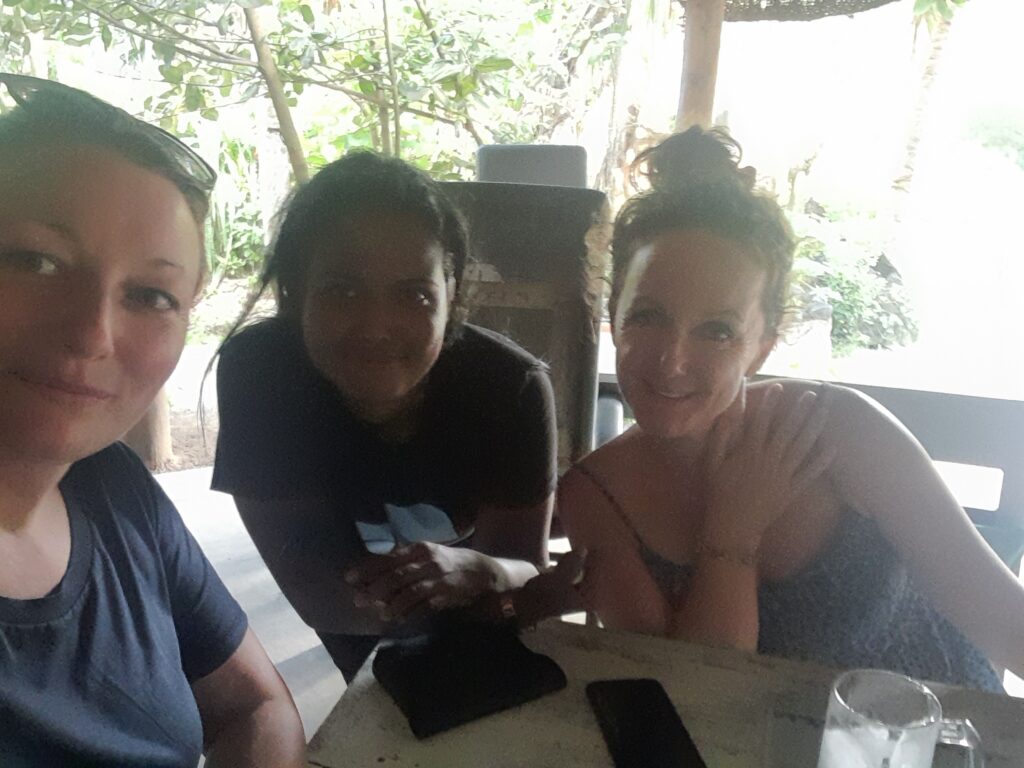Woven Threads of Heritage: The Enduring Legacy of Hand Looming in Sri Lanka

The rhythmic clatter of wooden shuttles, the gentle hum of spinning wheels, and the vibrant tapestry of colors – these are the hallmarks of hand looming, a craft deeply ingrained in the cultural fabric of Sri Lanka. For centuries, this age-old tradition has not only produced exquisite fabrics, but also served as a vital source of livelihood and a powerful expression of Sri Lankan identity.
The history of hand looming in Sri Lanka stretches back to ancient times, with evidence suggesting its presence during the Anuradhapura and Polonnaruwa eras (3rd century BC – 13th century AD). This period witnessed the flourishing of intricate weaving techniques, employing natural fibers like cotton, silk, and even the bark of certain trees. The exquisite fabrics produced were prized possessions, used for clothing, ceremonial attire, and even for adorning sacred spaces. Hand looming was not confined to the elite. Over time, it became a widespread practice, weaving its way into the daily lives of ordinary people. Villages across the island developed their own unique weaving traditions, each reflecting the local culture and environment. The iconic “kantha” fabric, known for its intricate embroidery, emerged from the homes of women, transforming simple cloth into works of art.
The Importance of Hand Looming as a Heritage Craft
Hand looming in Sri Lanka is more than just a craft; it’s a living testament to the island nation’s cultural heritage. It represents:
- Economic Sustainability: For generations, handloom weaving has provided a vital source of income for countless families, particularly in rural communities. It empowers artisans and preserves traditional skills, contributing to economic well-being.
- Artistic Expression: Handloom fabrics are not just utilitarian; they are expressions of artistic ingenuity. The intricate patterns, vibrant colors, and diverse textures reflect the creative spirit and cultural identity of the Sri Lankan people.
- Cultural Preservation: In a rapidly modernizing world, handloom weaving acts as a powerful link to the past. By preserving these traditional techniques, we ensure that future generations can appreciate and learn from the rich heritage of Sri Lanka.
- Challenges and Opportunities: Today, handloom weaving faces challenges from globalization and the rise of mass-produced textiles. However, there are also opportunities to revive and revitalize this ancient craft.
- Promoting Sustainable Practices: Emphasizing the eco-friendliness of handloom weaving, using natural dyes, and sourcing ethically sourced materials can appeal to a growing market seeking sustainable products.
- Modernizing Techniques: Incorporating new technologies and design trends while staying true to traditional methods can attract younger generations and expand the reach of handloom fabrics.
- Building Community: Supporting artisans through workshops, exhibitions, and platforms that connect them with customers can create a thriving ecosystem for handloom weaving in Sri Lanka.
The story of hand looming in Sri Lanka is a testament to the enduring power of tradition, craftsmanship, and cultural resilience. By preserving this heritage craft, we not only honor the legacy of our ancestors but also contribute to a brighter future, where tradition and innovation thrive side by side and we are proud to be supporters of such a time honoured tradition.
24/11/24 – Christmas offer – purchase off the website and Poya gifts a child in rural Sri Lanka with soft toy.
We believe every child should have the opportunity for play. Every order placed through our website between now and Christmas, Poya will gift a child in Sri Lanka with a soft toy. Tharika, our coordinator in Sri Lanka will be doing this in the New Year. Join our mailing list if you want to be kept up to date and for 10 % off your first order with us.

